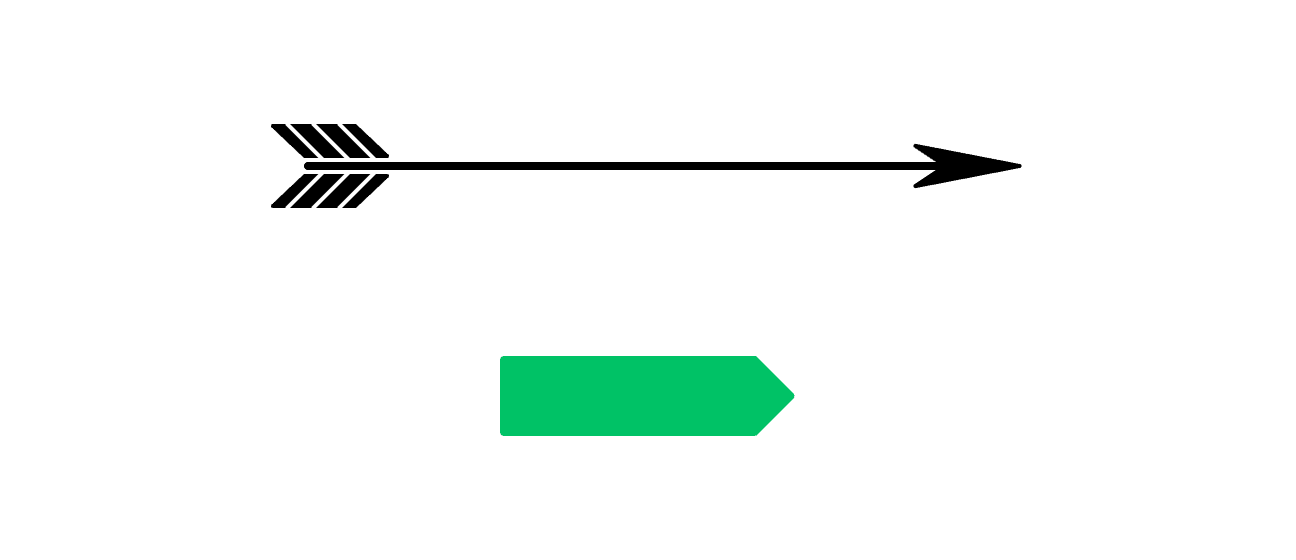The Burden of Precision
“If the idea is there, the brush can spare itself the work” —Chinese painter’s proverb
Design tools today confine us to an unrealistic and ill-advised goal: one of perfection. Tools like Photoshop and Sketch are highly precise, and demand precise output from Designers. We measure the pixels between elements, the exact colors in multiple color spaces, and present these masterpieces in meetings before they’re handed to engineers to bring them to fruition.
And therein lies the problem. Without engineers, our products are mere static pictures of products. A pale shadow of the finished result. At best, our designs are sandboxed emulations of the real thing; complex prototypes that demonstrate a small fraction of the real-world states the product may encounter. We spend all this time and energy using precise tools to produce perfect caricatures of things we rarely understand the complexities of making real.

Why do we design in this way? An architect’s time surely isn’t best spent producing perfect virtual reality environments of the buildings she plans. One could spend months just making the models and 3D environments so uncanny, so perfect, that one neglects to realize that they are mere simulations. Instead, the architect drafts blueprints, tests materials, and entrusts the builders to execute with precision at the building stage.
In Bruno Munari’s “Design as Art,” he talks about the evolution of the arrow as a signal for direction:
“At the beginning of the nineteenth century, arrows used as signs had scarcely begun to be stylized. The part representing the feathered flight was simply filled in with black, with straight lines at the top and bottom and curved lines at the front and back to suggest the softness of the feathers. ‘Otherwise,’ some critic of the times is sure to have said, ‘no one will understand what it is.’” —Bruno Munari, Design as Art
This passage struck me as a parallel to the moment in modern design tools we currently face. We design things precisely as they appear in our minds, otherwise no one will understand what it is. But I think we underestimate the connections we and our fellow product manufacturers are able to make with limited information.
With the help of a robust and comprehensive design system, I am certain that we could design in much broader strokes, and concentrate on making the finished product, rather than our design outputs, highly precise and reflective of our ideal. Rather than saying “the button has 12 points of padding on its left and right edges, and 8 points of padding on its top and bottom edges,” we could say the button has 3 units and 2 units of padding respectively. Doing so allows us to forget about questions like “how big is a point?” and “how do points change on different devices?”
We can draw our button as big or as small as we want, and it doesn’t matter—the design becomes the description of the artifact. We can express this in pictorial form, as we do in tools like Photoshop or Sketch (though now forgetting how precise we need to be, we can simply gesture at the intent), or we can write it in plain text, JSON, or some other text format. The precision is introduced by the engineer, where it rightfully belongs. After all, our designs are completely useless until they are built—what exists in the users’ hands is the final design, and nothing less.
This newfangled process makes us more thoughtful writers, proximally closer to the engineers (who are now crucial to and deeply involved in the design process) and releases us from the burden of precision to think about more pressing matters: “Why does this state need to exist? How does this fit with the rest of”, the product? What is the place of this product in the world? How might people use this to cause harm? These questions are rarely answered by a designer, principally because we are so wrapped up in making sure we craft something appealing enough to get the resources to actually build the thing.
And what about that crucial question of buy-in? Without beautiful, precise pictures of the product we wish to create, how do we gain resources to actually make them a reality? This new approach would turn the process on its head: it makes building and designing something one and the same. Rather than creating and presenting a design prototype, only to dismantle it in order to build and present a functional prototype (often at a lower quality), the functional prototype itself becomes the presented artefact, greatly reducing the cost of making it a stable, complete product.
The burden and responsibility of precise, perfect design should be shared between designers and engineers. The fact that this is true for every other related industry—architecture, industrial design, printed matter—and not for digital product design is indicative of nothing but the immaturity of our tools, processes, and philosophy.